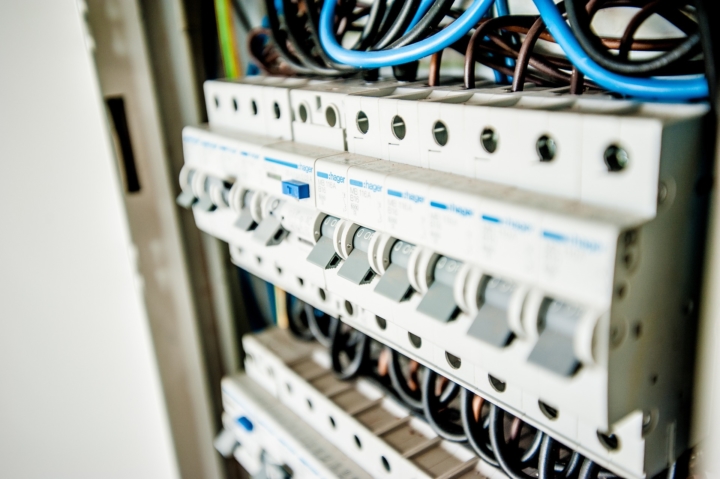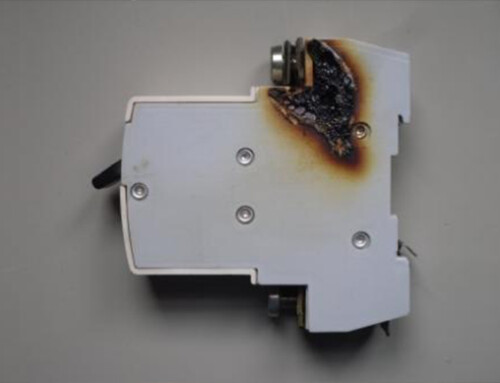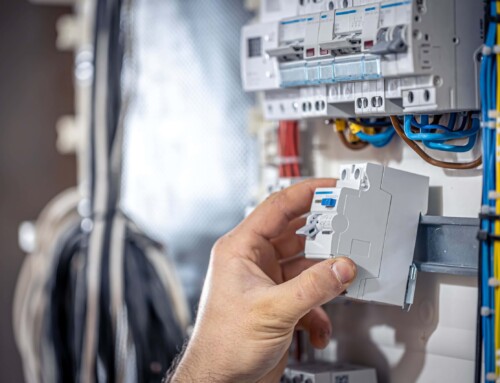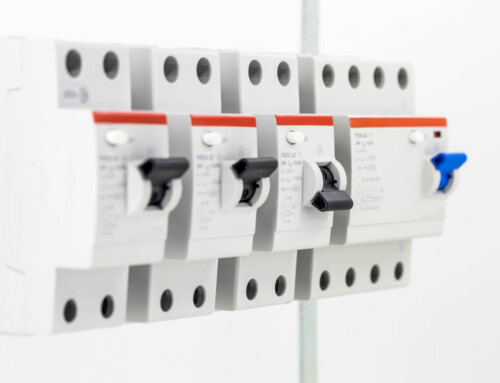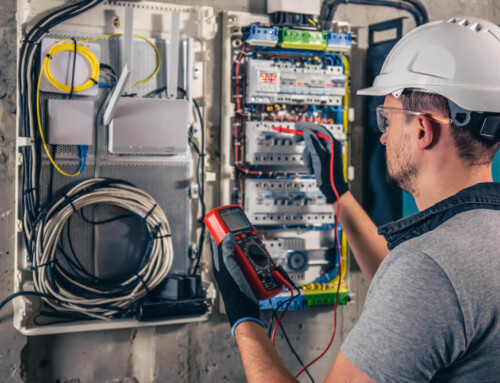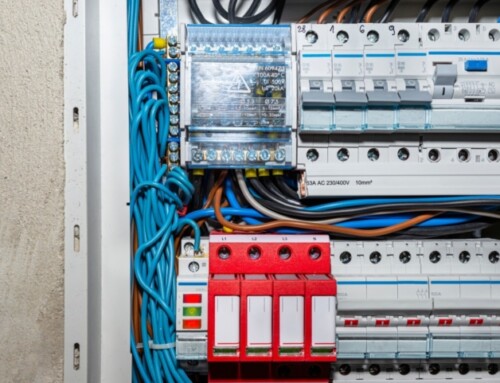Circuit Breaker Vs. Safety Switch
Both safety switches and circuit breakers promote safety and prevent damage to you and your property, but they are not the same thing. Unfortunately, there are a lot of misconceptions about these two electrical safety devices that have been causing a lot of confusion in the mind of people.
It’s important to know the differences between safety switches and circuit breakers because these are the vital electrical components that keep your family safe. So, let’s talk about these two electrical materials that are often spoken interchangeably but serve completely different functions.
The main difference between them is that a safety switch, also known as Residual Current Device (RCD) protects people from electrical accidents and a circuit breaker, also referred to as a fuse protects electrical systems and wiring in your house or office.
Differences Between Safety Switches and Circuit Breakers
The difference between a circuit breaker and a safety switch is that a circuit breaker protects electrical systems from overloads and short circuits, while a safety switch protects people from electric shock by detecting current leakage and cutting off power.
Key differences:
Safety Switches
Safety switches are a compulsory installation in homes and offices. This device is installed in the switchboard to protect you from electrocution and fires that are caused due to electrical defaults.
The safety switch checks the current passing through the live wires that are responsible for supplying current to the equipment or electrical systems.
If the safety switch identifies an imbalance in the current that is passed through the wires, which may have occurred due to various reasons like faulty appliances, damaged wiring, nuisance tripping, bad weather, and/or defective switches, it cut offs the power supply within 0.03 of a second.
In a nutshell, safety switches protect lives by turning the power to the circuit off.
Circuit Breakers
Circuit breakers or fuses are installed in the main switchboard. They protect the electrical circuits in your homes and offices. It cuts off the power supply once it detects high current flow or overload that may happen because of any of three reasons – circuit overloads, short circuits, and ground fault surges.
They can be operated manually or automatically. The circuit breaker looks similar to a safety switch, but it does not protect people from electric shocks. And that’s the critical difference.
Looking to bolster electrical safety in your office, or in your home? If so, you’re in the right place. D&F Liquidators offers a wide array of safety electrical materials at reasonable prices. Contact D&F Liquidators now!

